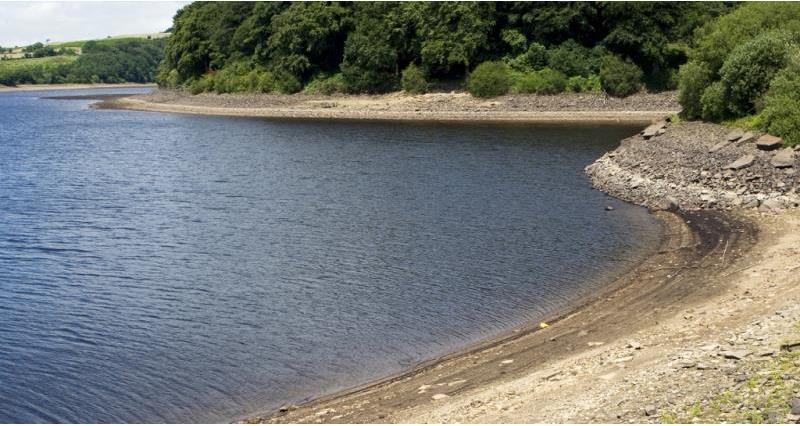NFU Vice President Guy Smith said: “The situation is patchy with farmers, particularly in the South and East, reporting as low as 10% of their expected March and April rainfall. While decent rains in May and June will put many crops back on track, some crops like spring barley have clearly already lost their full potential. Some farmers and growers are looking at the 'changeable' forecast for the end of this week hoping it brings much needed rain.
"We are growing increasingly concerned about the fruit and vegetable sector, but reservoirs are full and abstracted water sources are still available, albeit at lower that normal levels. Water transfer operations for irrigation in the Stour Marsh and Romney catchment area in Kent started six weeks earlier than usual, so we are expecting early demand for water from soft fruit growers.
“The livestock sector has also been hit with the dry weather leading to a shortage of grass, so there will potentially be an impact on silage crops.
“One of best ways farmers can manage risk of prolonged, dry spells is installing on farm reservoirs. Many reservoirs have been built since the dry weather we experienced in the 1990s. The NFU hopes the newly-formed government will help farmers with a future reservoir building programme through tax relief and positive planning policies.
“While there are currently no environmental or water supply issues, the NFU is working closely with the Environment Agency, public water supply companies, Defra and The Met Office to assess the situation as this spell of dry weather continues.”
On the potential for food price increases, NFU economist Anand Dossa said: "It’s the global dynamics of supply and demand that shape commodity prices, rather than the spell of dry weather we’ve been experiencing recently. Wider-scale EU weather events could impact on global supply and demand balance, but not in isolation of commodity trends in other markets.
“To what extent the UK and global supply situation translates to food prices at the retail level is typically beyond the control of farmers.
“The link between retail prices and farmgate prices tends to be weak and time-lagged. For any commodity, a combination of factors will influence pricing levels. Transport, energy, labour, and packaging are all key cost areas for the UK food industry. A further factor in pricing levels is the margin taken by the supply chain.
“It’s fair to say that a drought in America will affect the food price more than a drought in the UK as experienced in 2012.”
